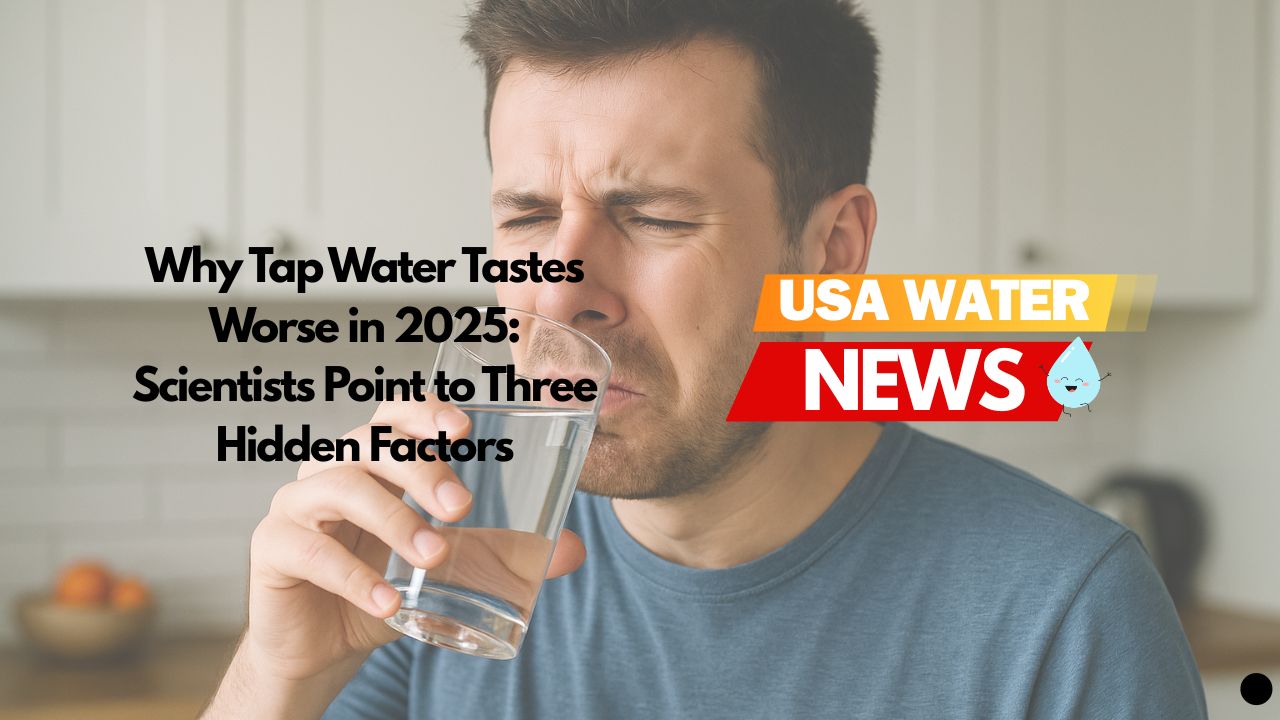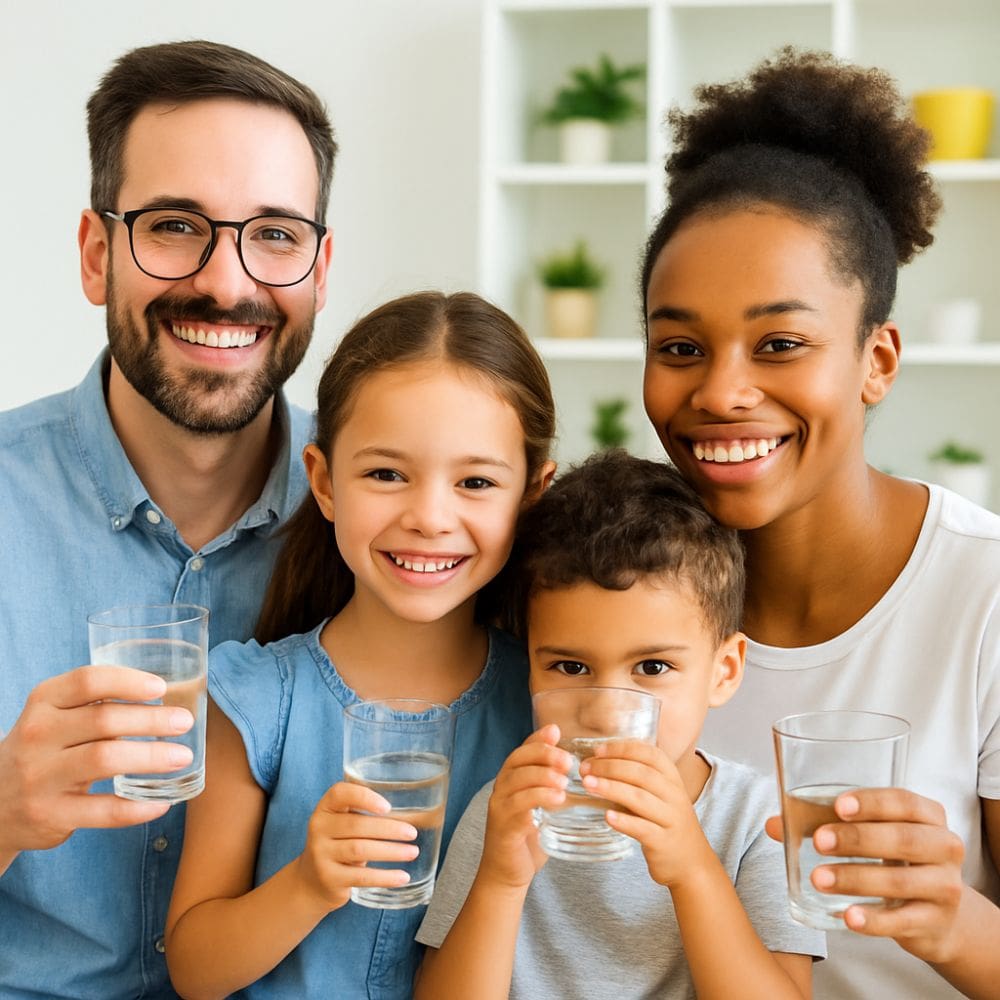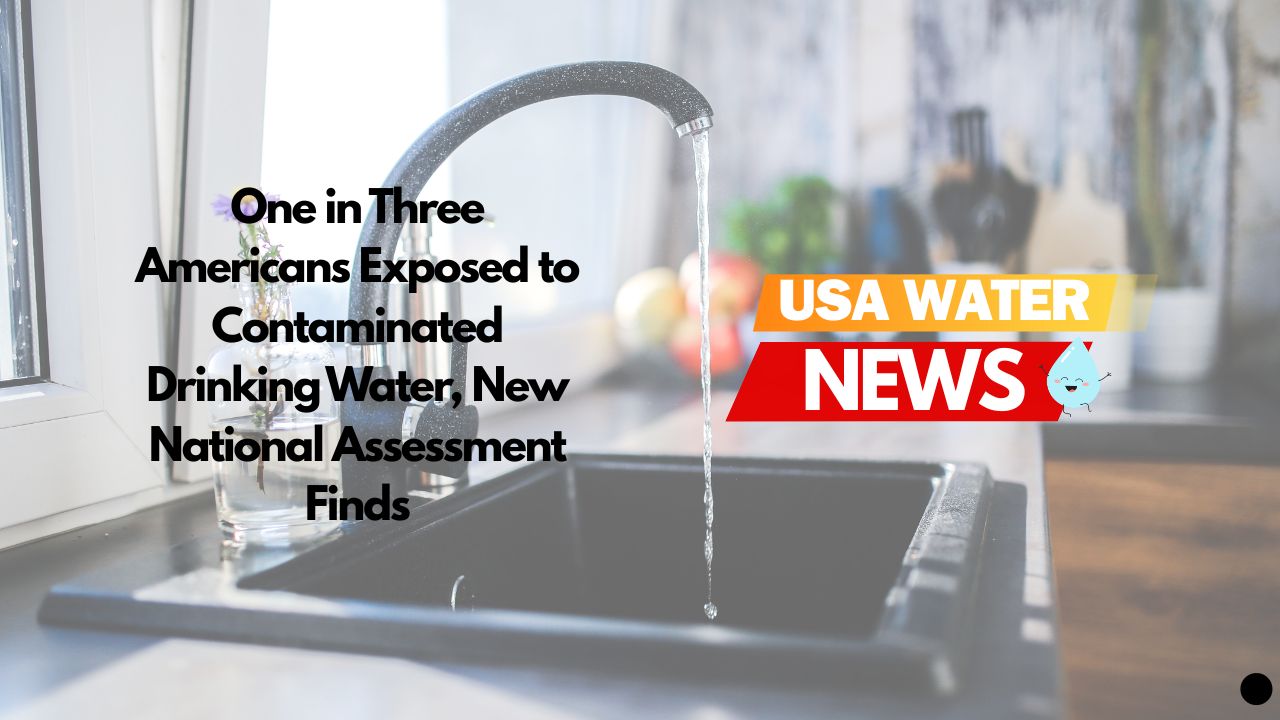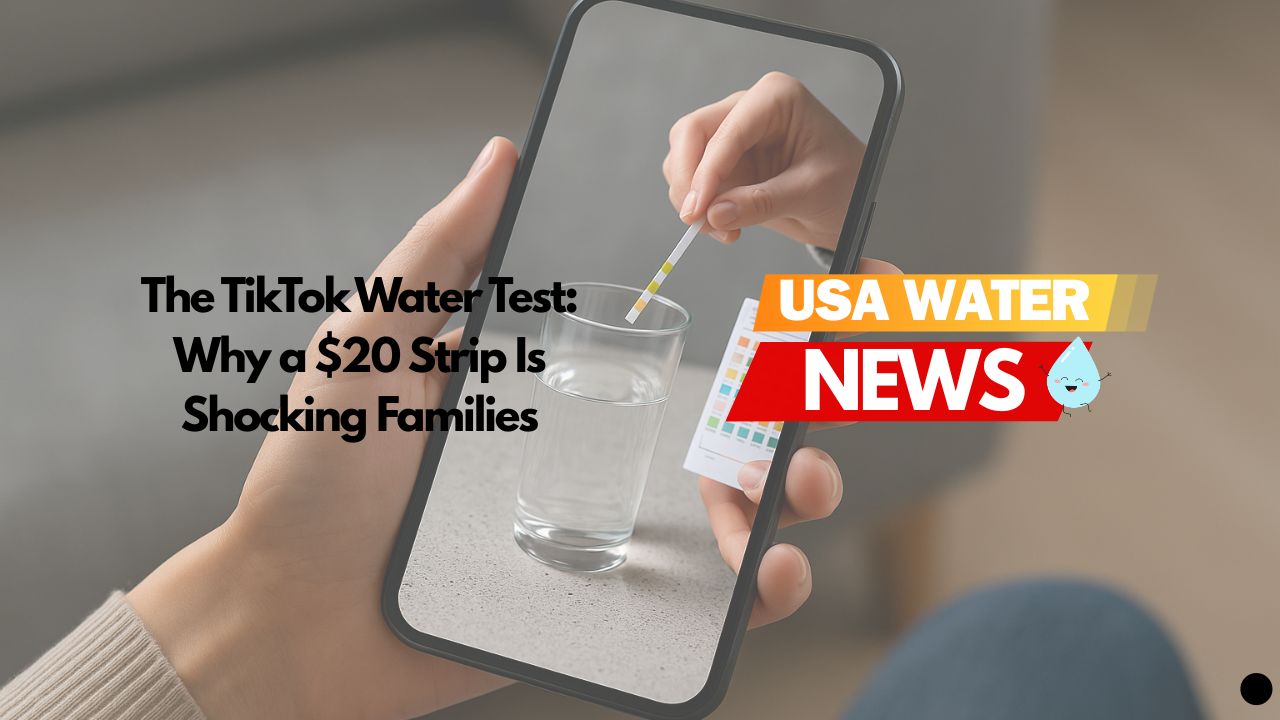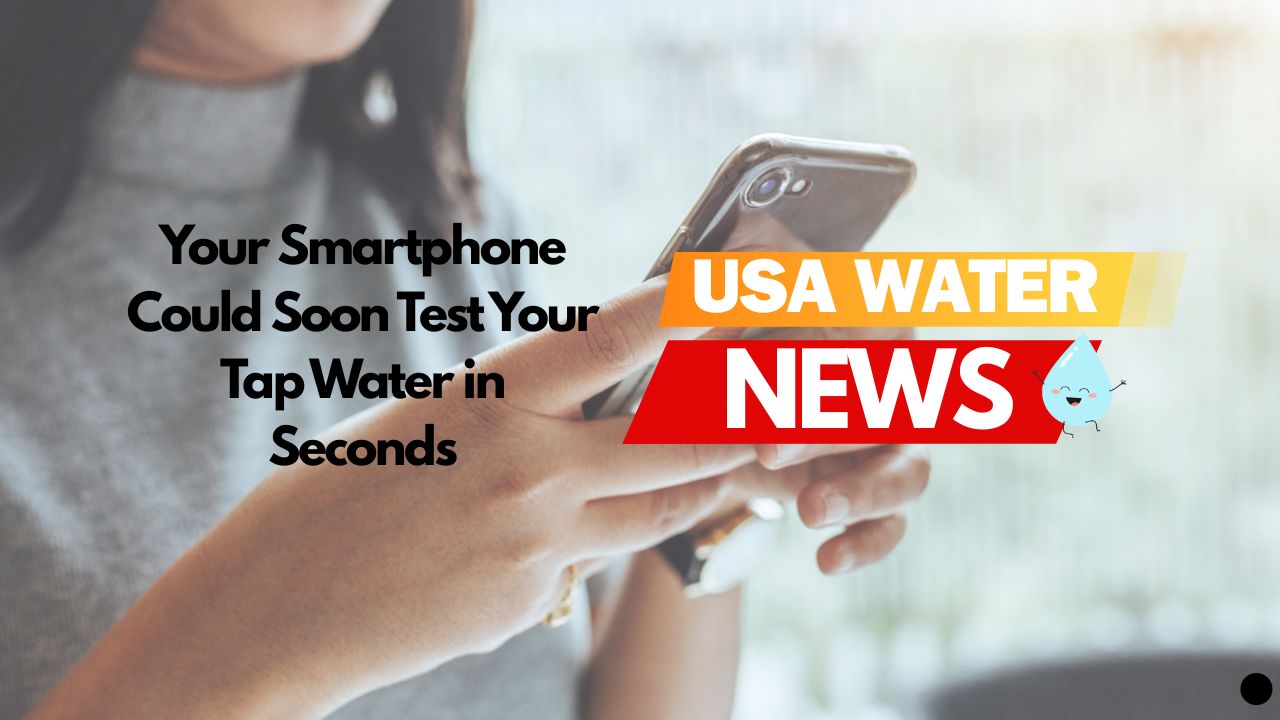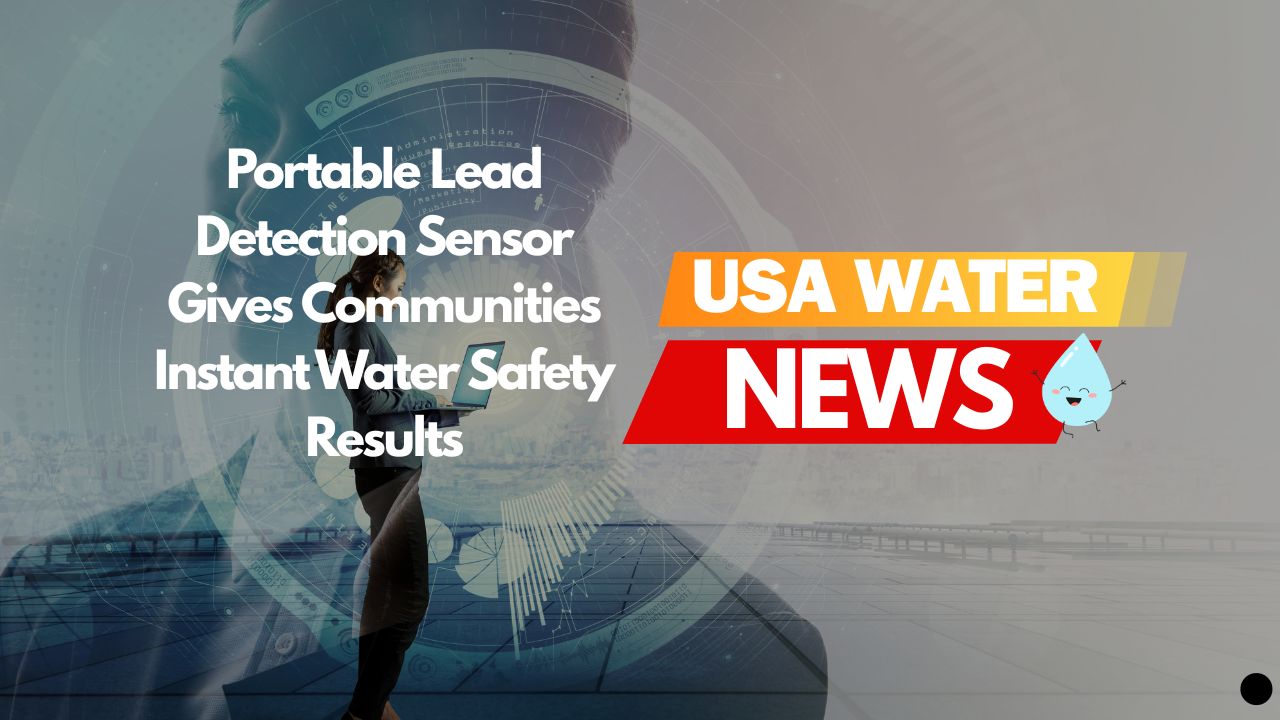Many Americans have noticed something surprising over the past year: their tap water tastes different. Even when water is safe and meets all federal standards, complaints about “earthy,” “musty,” or “chemical-like” tastes have increased across the country.
It isn’t your imagination. Scientists and water treatment specialists say several subtle but important changes are happening inside U.S. water systems in 2025 — and they’re all affecting how water tastes, even when the water remains technically compliant with EPA regulations.
Below, we break down the three hidden factors behind these taste changes, and why families in some regions may be noticing the difference more than others.
1. Seasonal Shifts and Warmer Water Sources
One of the most widely reported causes of unusual water taste in 2025 is the warming of lakes, reservoirs, and rivers — the primary sources of drinking water for millions of Americans.
When surface water warms earlier in the year, several things happen simultaneously:
Algal blooms increase earlier and more frequently
Cyanobacteria and harmless algae release compounds that create “earthy” or “musty” tastes, even at incredibly low concentrations. Two common culprits are:
- Geosmin
- 2-MIB (2-methylisoborneol)
Neither compound is dangerous at typical levels, but both have strong taste and smell profiles. Treatment plants work hard to remove them, but warmer and more variable temperatures make them harder to control.
Stronger storms = more runoff
More frequent intense rainfall leads to:
- Higher organic matter entering reservoirs
- More material for algae to feed on
- More variation in turbidity
- Changes in how chlorine reacts during treatment
This combination can subtly shift taste, even if the water remains safe.
Why this matters now
In 2025, several regions — particularly the Midwest, Northeast, and Southwest — reported spring and early summer taste complaints linked to these temperature and runoff patterns. The water remains compliant, but the taste is telling a story about shifting environmental conditions.
2. Utilities Adjusting Disinfection to Meet New Standards
Another major factor behind taste changes comes from something far less visible — updated disinfection practices.
As utilities work to stay ahead of new federal and state water regulations, many have been adjusting:
- Chlorine dosage
- Chloramine ratios
- Contact times
- Reservoir turnover
- Seasonal blends of surface and groundwater
These adjustments keep water safe and compliant, but they can also make taste more noticeable.
Why disinfectant levels fluctuate
Disinfection levels may shift because:
- Warmer temperatures break down chlorine faster
- Organic matter requires more disinfectant to neutralise
- New PFAS standards are encouraging different treatment sequences
- Utilities are flushing pipes more frequently to control stagnation
While chlorine and chloramine are safe at regulated levels, they have distinct taste profiles. Some people detect them strongly, while others barely notice.
Aging pipes amplify the effect
In older areas, disinfectant levels can decline within neighbourhood pipes, creating slight variations from street to street. Meanwhile, utilities may raise levels to compensate, and residents notice the difference.
3. Changing Source Water Blends and Drought Recovery
The third major factor affecting taste in 2025 is source-water switching — a practice where utilities blend water from different sources depending on availability, drought conditions, treatment needs, or seasonal demand.
In the last two years:
- Western states have rotated between groundwater and surface water
- Midwestern utilities have blended rivers with reservoirs
- Southern utilities have changed pumping schedules based on rainfall
- Some systems recovering from drought have switched sources temporarily
Why blending affects taste
Groundwater and surface water often taste different because of:
- Mineral content
- Natural organic matter
- Alkalinity and pH
- Residual disinfectant levels
When a utility changes the source blend — even slightly — the taste can shift noticeably for residents.
This is especially true in:
- California (drought recovery blending)
- Colorado and Arizona (surface vs. aquifer shifts)
- Texas (post-storm runoff management)
- Southeastern states (lake temperature swings)
None of this indicates contamination — but it does reveal how sensitive taste is to treatment and environmental change.
What This Means for Families
Taste changes don’t automatically mean safety problems. In most cases, water still meets all federal regulatory limits. Taste is simply one of the first things people notice when conditions change.
However, taste differences do highlight the importance of:
- Regular local testing
- Clear communication from utilities
- Understanding your local water source
- Knowing how seasonal patterns affect your tap
If you’d like to understand your own region’s water quality, you can browse our Water Directory and read your city’s 2025 water report in plain language.
Why More People Are Turning to Home Filtration
Many families choose to use home filtration systems to reduce taste and odour changes — not because water is unsafe, but because they prefer a consistent flavour profile.
Filters certified under NSF/ANSI standards (especially NSF-42 for taste/odour and NSF-53 for contaminants like lead) can help stabilise taste regardless of seasonal or treatment shifts.
This is a personal preference, not a requirement.
A Changing Landscape for U.S. Tap Water
If 2025 has shown anything, it’s that taste is not just a comfort issue — it’s a reflection of what’s happening in our water sources, in our infrastructure, and inside our treatment plants.
As climate patterns shift, as utilities adapt to new regulations, and as source water blends change, taste becomes an early signal of deeper trends in the nation’s drinking water.
Most systems remain safe and well-regulated.
But the growing number of taste reports reminds us how dynamic — and how sensitive — America’s water networks really are.
Sources & Notes (Clickable Links)
1. USGS – Taste & Odor Compounds (Geosmin and 2-MIB)
https://www.usgs.gov/mission-areas/water-resources/science/taste-and-odor-compounds
(Explains why warmer water + algae create earthy/musty tastes.)
2. USGS – Algal Blooms and Surface Water Quality Trends
https://www.usgs.gov/mission-areas/water-resources/science/harmful-algal-blooms
(Shows how temperature and seasonal shifts increase algal activity.)
3. EPA – Climate Impacts on Water Sources (Temperature, Runoff, Seasonal Variability)
https://www.epa.gov/climate-indicators/climate-change-indicators-water
(Relates warming lakes, increased runoff, and storm-driven organic matter.)
4. EPA – Chlorine & Chloramine Disinfection Practices
https://www.epa.gov/dwreginfo/chlorine-and-chloramine-drinking-water
(Covers how utilities adjust disinfectant levels seasonally and during demand shifts.)
5. EPA – Distribution System Issues (Stagnation, Residual Decay)
https://www.epa.gov/dwsixyearreview/drinking-water-distribution-systems
(Explains why older pipes and long residence times change disinfectant levels.)
6. AWWA – Source Water Blending & Seasonal Treatment Adjustments
https://www.awwa.org/Resources-Tools/Resource-Topics/Source-Water-Protection
(Describes how utilities blend groundwater/surface water and adjust chemical treatment.)
7. USGS – Groundwater vs Surface Water Mineral & Taste Differences
https://www.usgs.gov/special-topics/water-science-school/science/groundwater-quality
(Shows why different sources taste different due to minerals and natural chemistry.)
8. EPA – Consumer Confidence Reports Directory
https://www.epa.gov/ccr
(CCRs often document seasonal taste-and-odor events, DBP fluctuations, and blend changes.)
9. EPA – Disinfection Byproducts (THMs, HAA5) & Seasonal Variation
https://www.epa.gov/dwreginfo/stage-2-disinfectants-and-disinfection-byproducts-rule
(Explains why organic matter + warm water can cause higher DBP formation and taste changes.)
10. USGS – Storm Runoff, Turbidity, and Organic Load Impacts
https://www.usgs.gov/mission-areas/water-resources/science/turbidity-and-water-quality
(Why storms and runoff alter taste by increasing organic load.)
Check your water now!
We have translated and compiled water reports on every state in the US, and covered over 100 cities. Find out how good your water is today!
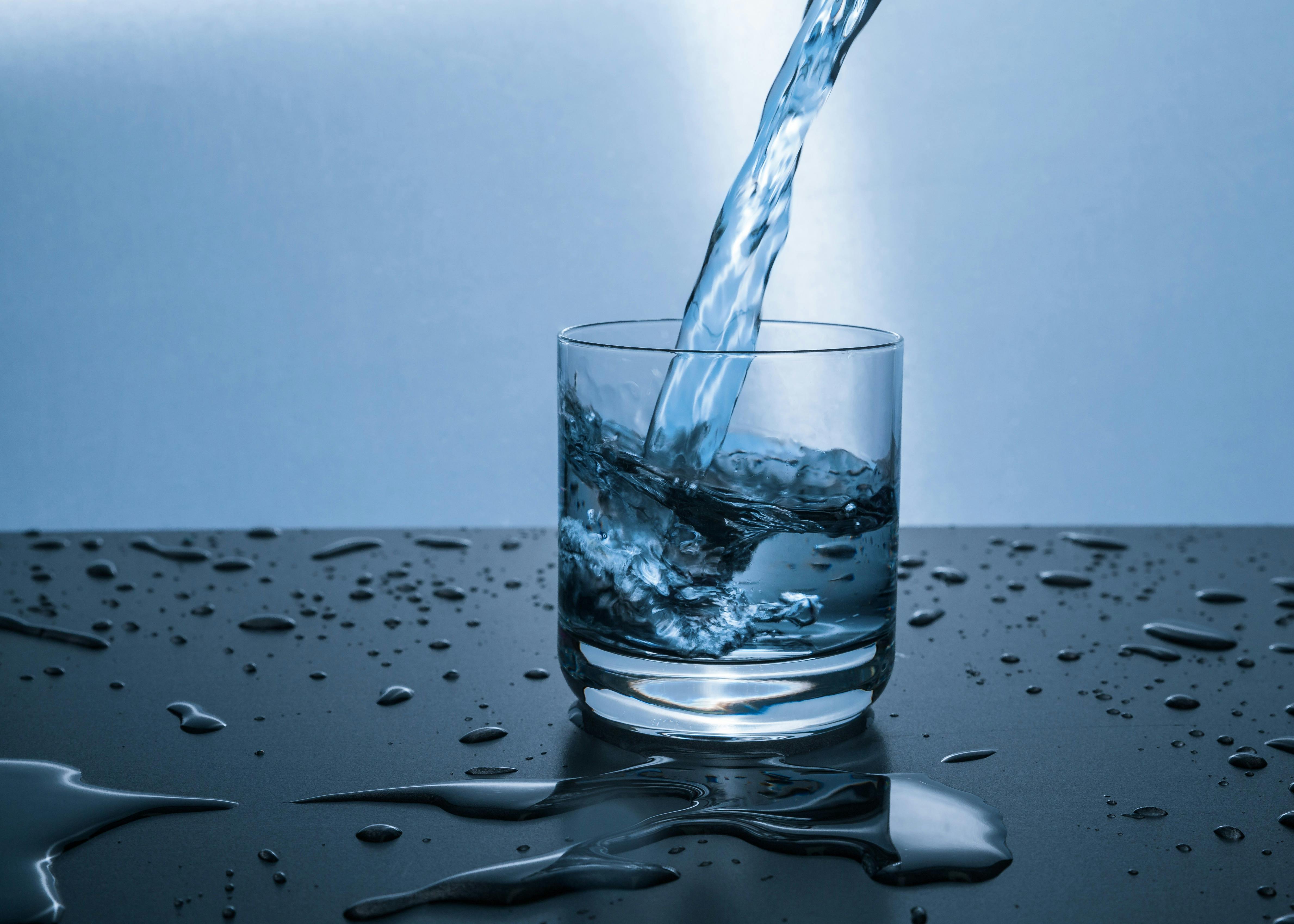
Please read – our information
The information presented on cleanairandwater.net is compiled from official water quality reports, trusted news sources, government websites, and public health resources. While we strive for accuracy and thoroughness in our presentations, we are not scientists, engineers, or qualified water quality professionals.
Our mission is to present water quality information in an accessible, real-world format that helps people understand what’s in their water and make informed decisions about their health and safety. We believe that complex environmental information should be available to everyone in a format that’s easy to understand.
We make every effort to ensure our content is current and accurate, but we cannot guarantee that all information is complete or error-free. This website should not replace official communications from your local water utility or health department. We always recommend consulting official sources for the most up-to-date information regarding your specific water system.
Clean Air and Water is not liable for any unintentional errors, omissions, or outdated information. The content on this site is provided for informational purposes only and should not be considered professional advice.

